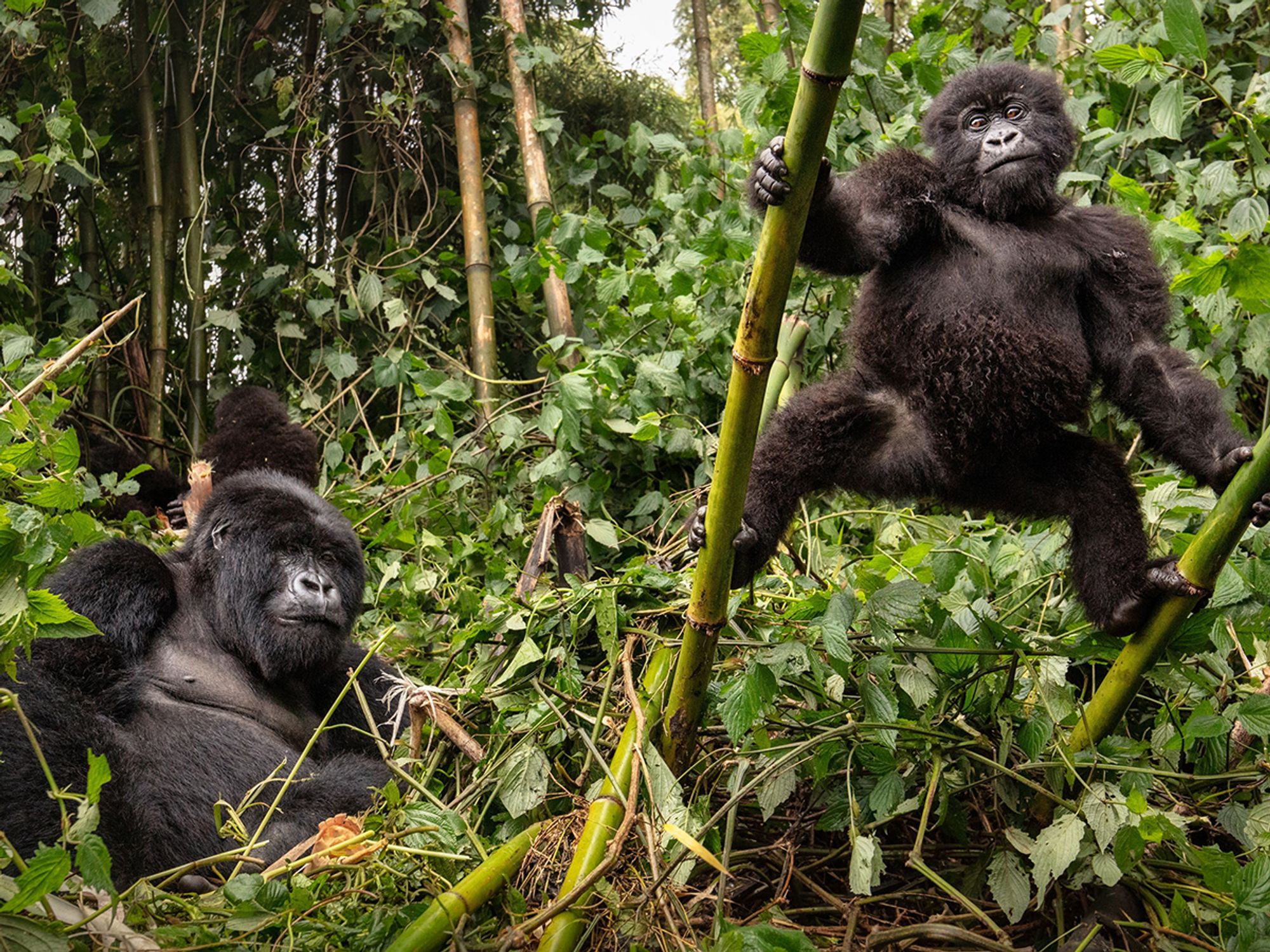Convention on International Trade in Endangered Species of wild Fauna and Flora (CITES)

- CITES became the sole international treaty to ensure that global trade in plants and animals does not harm their survival in the wild.
- Species protected under CITES are listed in one of three appendices.
Global conversations in the early 1960s started focusing on the rate at which the world’s wildlife was being threatened by unregulated global trade. Convention on International Trade in Endangered Species of Wild Fauna and Flora (CITES) began in 1975. It became the sole international treaty to ensure that global trade in plants and animals does not harm their survival in the wild. It outlines support for cooperation and partnership among nations to prevent decline in wild populations.
How are species protected?
Cacti, iguanas, and parrots are only a portion of the nearly 35,000 species protected by CITES. Species protected under CITES are listed in one of three appendices:
- Appendix I involves species threatened with extinction and supplies the highest amount of protection, including limits on commercial trade.
- Examples include gorillas, sea turtles, most lady slipper orchids, and giant pandas.
- Appendix II involves species that, even though they are not presently threatened with extinction, could end up so without trade controls. It also includes species that look like other listed species and must be managed to properly control trade with those other listed species.
- The majority of CITES species are listed in Appendix II.
- Examples include American ginseng, paddlefish, lions, American alligators, mahogany, and a multitude of corals.
- Appendix III involves species for which a range country has requested other parties to assist in managing international trade.
- Examples include map turtles, walrus, and Cape stag beetles.
CITES, similar to most laws and treaties, needs the public’s help. Everyone, from citizens to businesses, has a part to play in ensuring the effectiveness of the treaty by:
- Becoming aware of what wildlife and wildlife goods are protected and getting necessary permits.
- Knowing how unsustainable wildlife trade affects wild populations.
- Teaching others about the importance of preserving the animals and plants that are part of this world.
- Reporting breaches of CITES and other national wildlife laws.
